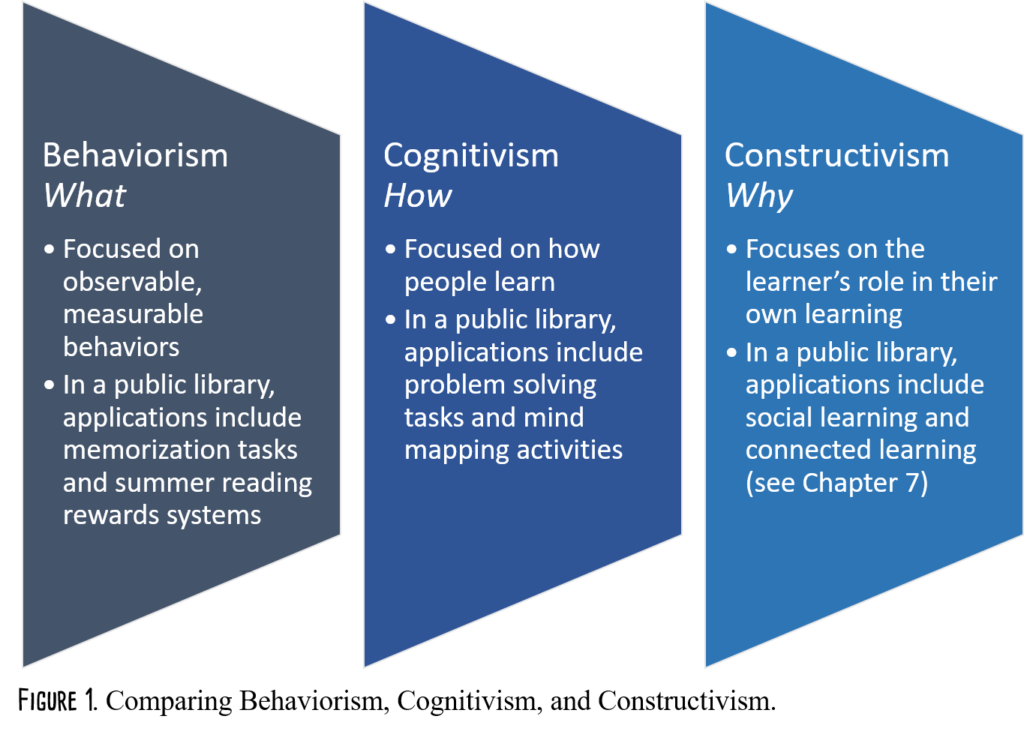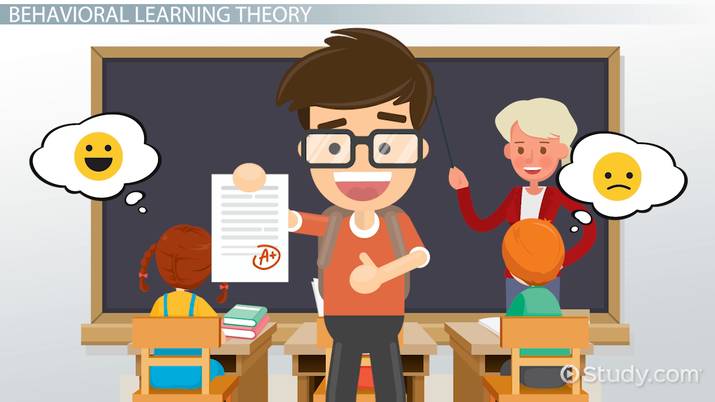
Behaviorism is a Western political science thought process that emphasizes the application of the empirical methods of the natural sciences to provide a systematic, empirical, and causal explanation of the processes of social and politically based life. Skinner, one of the prominent figures of behaviorism, summarized the learning formula as “If an operation occurs followed by a reinforcing stimulus, then its intensity increases.” The increase in intensity referred to here is not a particular response, but the general tendency to make those responses occur. He argues that the key variable that makes the rate of conditioned action increase is reinforcement, and that practice does not cause the rate of response to increase, but simply provides the opportunity for further reinforcement to occur.

The first is the behaviorist goal of instruction, which is preferably to provide a specific stimulus in order to elicit a specific response from the student. So the more specific and precise the instructional goal is, the better. Skinner believed that students’ behavior is influenced by the consequences of their behavior, so if you want students to respond with the desired behavior, there must be a reinforcing consequence after the behavior; if a behavior is not reinforced, it will disappear. So we need to make systematic arrangements for the setting of the learning environment, the design of the course materials, and the management of student behavior; we need to focus on “how to teach” rather than “what to teach”. Finally, the main pedagogical approach, which helps the learning process to be effective, is to present the material in a sequence of small, internally logical steps; to give immediate feedback to learners on any response and to help them solve problems; to learn at their own pace and to learn at a time and pace that suits them.

Reference:
Western Governors University. (2021, March 23). What Is The Behavioral Learning Theory? Western Governors University. https://www.wgu.edu/blog/what-behavioral-learning-theory2005.html#close